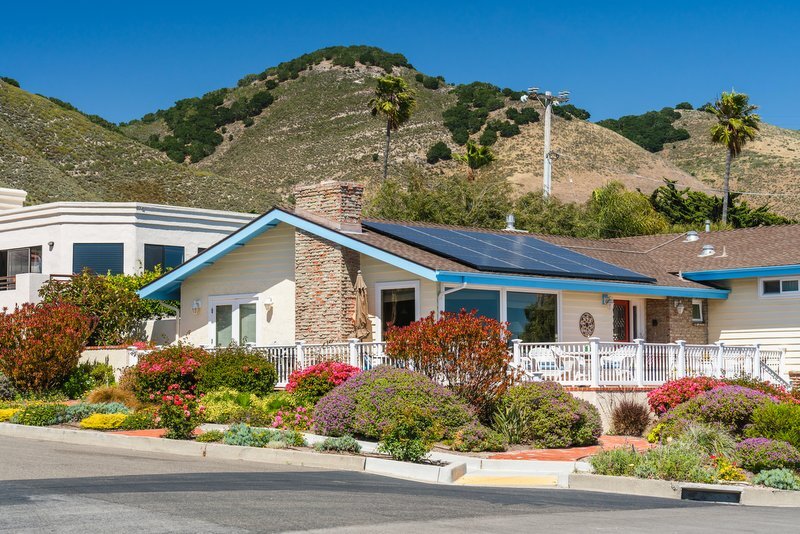Why Recent Changes to SCE Commercial Energy Costs are a Setback for Solar
On January 1, 2016, Southern California Edison (SCE) changed the electricity costs for typical commercial customers, reducing their overall costs by around 8 to 10%. While this would normally be greeted positively, it is not a positive change for current and future commercial solar customers in SCE territory. Why?
The total cost of utility electricity has two main components, one is the cost for the volume of energy consumed known as energy charges (kWh), and the second is the cost for the highest amount of energy delivered over a certain time period, otherwise known as demand charges (kW). Since 2010, SCE rates for both energy and demand have been relatively steady, reflecting a low level of underlying inflation and low fuel prices. However, with natural gas prices down 30% since 2014, SCE could lower the cost of power to their customers. What is important for SCE’s solar customers is how SCE went about lowering the cost of electricity.
Instead of simply lowering energy and demand costs by 8%, SCE reduced energy charges by 22% and increased the demand charges by 13%. This change, essentially restructuring how SCE charges customers for energy, was applied across the board, including to the solar friendly “Option R” tariffs. For solar customers, this change reduced the overall value of solar generated energy (the avoided cost) by 15% annually, compared to utility sourced electricity. For some customers the impact may be large enough to make an existing solar installation or planned solar project financially unattractive.
The main reasoning behind SCE’s rate restructuring is that SCE and the CPUC are interested in incenting customers to reduce their peak demand, which is relatively expensive for the utility to provide. Why this change was applied across the board to the Option R tariff was not disclosed, nor has the California Public Utilities Commission (CPUC), which must approval all tariff changes, made any comment on the change.
Who does this affect?
This change negatively affects SCE commercial customers whose electrical bills are being offset by solar, whether the project exports energy or not. Some customers who have PPA, bond or lease financed projects may be at risk of paying more for energy than they would if they did not have a PV system and were purchasing all electricity from SCE.
What does this mean for your solar project?
Approximately 15% of the future value of solar projects is lost due to this change. Even if SCE energy rates rise back to long term averages, the loss in solar value will remain if the rate restructuring remains in place. For a typical large commercial project with an IRR of 10%-15%, the IRR will be reduced to 8%-10%. For smaller or costlier projects, potential savings could be wiped out.
What you can do?
It depends on what stage of a solar project you have reached. If you are currently in the planning stages of a solar project, you should update your financial models to take into account this loss of value. If you already have a signed contract or installed system, you will need to revise your expected returns. Want to learn more about how to finance your next solar energy project? Read more from our CEO, Arno Aghamalian, in the Washington Post.
If you are unclear on how this change will affect your project, consider engaging with a solar consultant to help navigate the changing landscape and make sure your project is performing optimally, both technically and financially.







